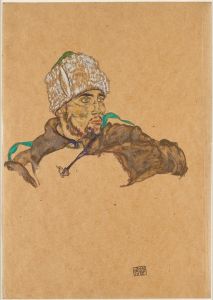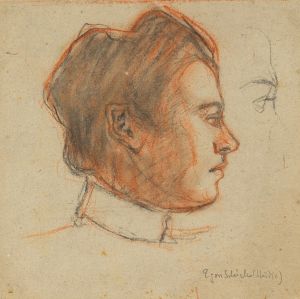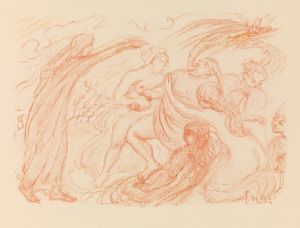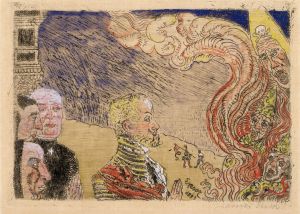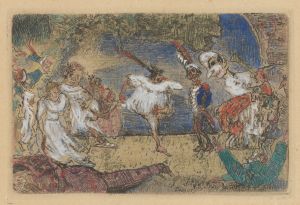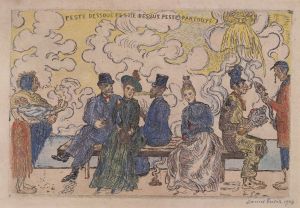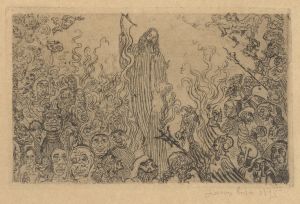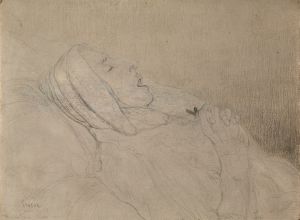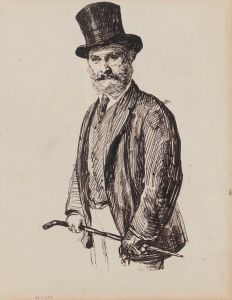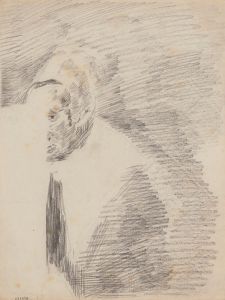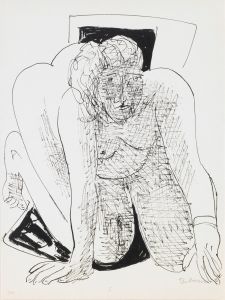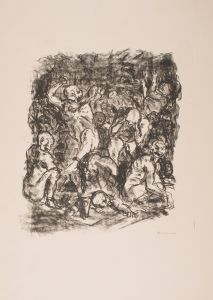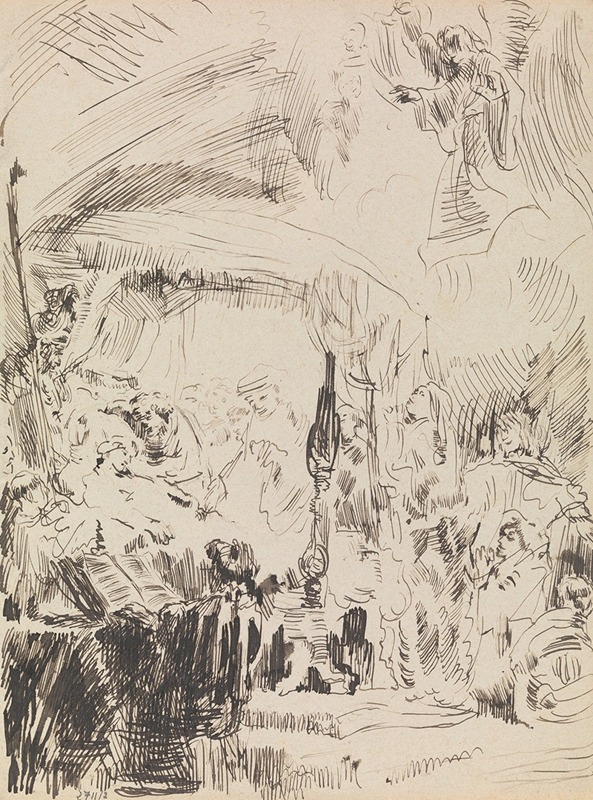
The Death of the Holy Virgin
A hand-painted replica of James Ensor’s masterpiece The Death of the Holy Virgin, meticulously crafted by professional artists to capture the true essence of the original. Each piece is created with museum-quality canvas and rare mineral pigments, carefully painted by experienced artists with delicate brushstrokes and rich, layered colors to perfectly recreate the texture of the original artwork. Unlike machine-printed reproductions, this hand-painted version brings the painting to life, infused with the artist’s emotions and skill in every stroke. Whether for personal collection or home decoration, it instantly elevates the artistic atmosphere of any space.
"The Death of the Holy Virgin" is a painting by the Belgian artist James Ensor, created in 1885. Ensor, known for his unique and often provocative style, was a prominent figure in the Symbolist movement and later influenced the development of Expressionism. His works frequently explore themes of death, religion, and the macabre, often with a satirical edge.
This particular painting, "The Death of the Holy Virgin," is an oil on canvas and measures approximately 90 by 150 centimeters. It is housed in the Royal Museum of Fine Arts in Antwerp, Belgium. The painting depicts the Virgin Mary on her deathbed, surrounded by mourners. Ensor's interpretation of this religious scene is notable for its departure from traditional representations of the Virgin Mary's death, which typically emphasize serenity and divine ascension.
Ensor's version is characterized by its chaotic and crowded composition, filled with a variety of figures, including clergy, laypeople, and fantastical creatures. The scene is imbued with a sense of drama and tension, reflecting Ensor's fascination with the grotesque and the theatrical. The use of vivid colors and expressive brushwork further enhances the emotional intensity of the painting.
One of the most striking aspects of "The Death of the Holy Virgin" is Ensor's incorporation of masks and skeletons, elements that recur throughout his oeuvre. These motifs serve to underscore the themes of mortality and the transient nature of human existence. The masks, in particular, can be seen as a critique of societal hypocrisy and the superficiality of human interactions.
Ensor's approach to religious subjects was often irreverent, and "The Death of the Holy Virgin" is no exception. By juxtaposing sacred and profane imagery, he challenges traditional religious iconography and invites viewers to reconsider their perceptions of holiness and death. This painting exemplifies Ensor's ability to blend humor, horror, and pathos in a single composition.
The reception of Ensor's work during his lifetime was mixed. While he was celebrated by some for his originality and boldness, others found his style and subject matter disturbing. However, his influence on later artists, particularly the German Expressionists, is well-documented. Today, Ensor is recognized as a pioneering figure in modern art, and "The Death of the Holy Virgin" is considered one of his significant works.
In summary, "The Death of the Holy Virgin" by James Ensor is a powerful and unconventional depiction of a religious scene, marked by its dramatic composition, vivid colors, and incorporation of macabre elements. It reflects Ensor's unique artistic vision and his ability to provoke thought and emotion through his work. The painting remains an important piece in the study of Symbolism and Expressionism, highlighting Ensor's contribution to the evolution of modern art.






